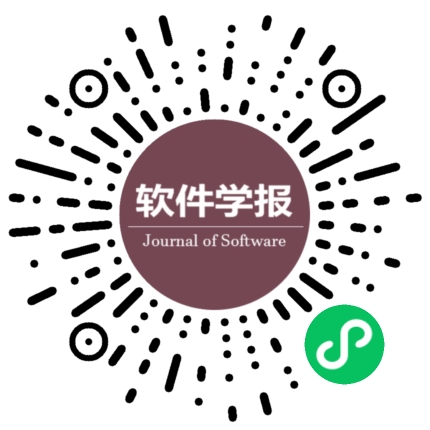基于文本摘要及引用关系的可视辅助文献阅读
作者:
作者单位:
作者简介:
通讯作者:
中图分类号:
基金项目:
国家社会科学基金(12&ZD213);国家科技支撑计划(2013BAK01B05,2014BAK09B04)
Visualization Guided Document Reading by Citation and Text Summarization
Author:
Affiliation:
Fund Project:
National Social Science Foundation of China (12&ZD213); National Key Technology R&D Program of China (2013BAK01B05, 2014BAK09B04)
引用本文
张加万,杨思琪,李泽宇,杨伟强,王锦东,贺瑞芳,黄茂林.基于文本摘要及引用关系的可视辅助文献阅读.软件学报,2016,27(5):1163-1173
复制相关视频
分享
文章指标
- 点击次数:
- 下载次数:
- HTML阅读次数:
历史
- 收稿日期:2015-07-30
- 最后修改日期:2015-11-09
- 录用日期:
- 在线发布日期: 2016-05-06
- 出版日期:
文章二维码

您是第位访问者
版权所有:中国科学院软件研究所 京ICP备05046678号-3
地址:北京市海淀区中关村南四街4号,邮政编码:100190
电话:010-62562563 传真:010-62562533 Email:jos@iscas.ac.cn
技术支持:北京勤云科技发展有限公司
版权所有:中国科学院软件研究所 京ICP备05046678号-3
地址:北京市海淀区中关村南四街4号,邮政编码:100190
电话:010-62562563 传真:010-62562533 Email:jos@iscas.ac.cn
技术支持:北京勤云科技发展有限公司



